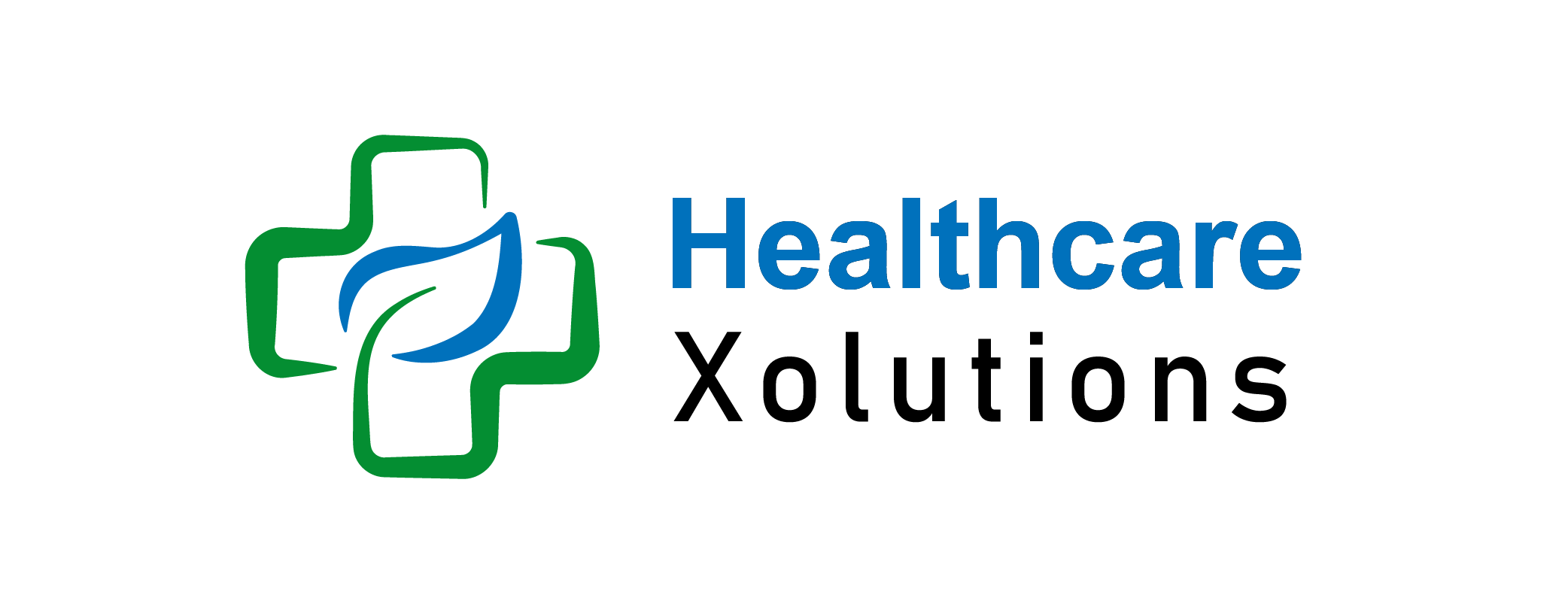How To Compare Health Insurance Plans? A Step-by-Step Guide

Choosing the right health insurance plan has become more important than ever. In 2024, healthcare costs in the U.S. are projected to reach over $4 trillion, with insurance premiums rising by 6% on average for the year. As healthcare expenses continue to climb, selecting an appropriate health insurance plan is crucial to managing these costs effectively. By understanding your health needs, budget, and available options, you can find a plan that offers the best coverage at a price you can afford.
This step-by-step guide will help you evaluate health insurance plans, compare coverage, costs, and provider networks, and make an informed choice that best fits your needs in 2024.
Read More: Compare Health Insurance Plans by State: A Comprehensive Guide
Key Takeaways:
- Understand Your Health Needs: Evaluate your current and future healthcare requirements, including chronic conditions, medications, and planned treatments.
- Compare Coverage and Costs: Review premiums, deductibles, and co-pays to determine the most affordable and comprehensive coverage.
- Network Providers Matter: Ensure your preferred doctors and hospitals are in-network to avoid higher costs.
- Consider Plan Types: Familiarize yourself with plan options like PPO, HMO, and HDHP to find the best fit for your health needs.
- Use Online Tools and Consult Experts: Leverage comparison websites and seek expert advice to ensure you choose the right plan.
Table of Contents
What Is a Health Insurance Plan?
A health insurance plan is a contract between an individual or group and an insurance company that helps cover medical expenses. It helps offset the financial burden of healthcare services, from doctor visits and hospital stays to medications and preventive care.
Key Features of Health Insurance Plans
- Coverage: Includes doctor visits, hospital stays, surgeries, diagnostic tests, and prescription medications.
- Premium: The fixed amount paid periodically (monthly, quarterly, or annually) to keep the coverage active.
- Deductible: The out-of-pocket cost you must pay before the insurance starts covering expenses.
- Co-payment/Co-insurance: Your share of costs for covered services after meeting the deductible.
- Network Providers: Many plans limit coverage to a network of healthcare providers. In-network care typically costs less.
- Policy Limits: Some plans may cap the amount they will pay for certain services or in a given year.
Types of Health Insurance Plans
- Individual Plans: Designed for a single policyholder.
- Family Plans: Cover the policyholder and their family members.
- Employer-Sponsored Plans: Health insurance is provided as a benefit through an employer.
- Government Plans: Such as Medicare and Medicaid, which offer coverage for seniors and low-income individuals.
Benefits Of Health Insurance:
- Financial Protection: Reduces out-of-pocket expenses for medical emergencies or routine care.
- Access to Quality Care: Encourages preventive care and regular checkups.
- Peace of Mind: Provides coverage for unexpected medical events without incurring crippling costs.
How To Compare Health Insurance Plans: Step-by-Step
1. Understand Your Health Needs:
Before comparing plans, take stock of your health status, chronic conditions, medications, and any planned surgeries. If you’re covering a family, consider their specific health needs, such as pediatric care or maternity benefits.
2. Learn the Types of Health Insurance Plans:
Familiarize yourself with these common plan types:
- HMO (Health Maintenance Organization): Offers lower premiums but restricts care to in-network providers.
- PPO (Preferred Provider Organization): Provides flexibility to visit any doctor, but usually at a higher cost.
- EPO (Exclusive Provider Organization): Similar to PPO but limits coverage to in-network care only.
- HDHP (High Deductible Health Plan): Features lower premiums but higher out-of-pocket costs, often paired with Health Savings Accounts (HSAs).
Choose the plan that aligns with your health needs and budget.
3. Compare Coverage And Benefits:
Focus on key coverage areas:
- Preventive Care: Vaccines, annual checkups, screenings.
- Specialist Visits: Are referrals required, and are specialists covered?
- Prescription Drugs: Check if your medications are included in the formulary.
- Additional Services: Maternity care, mental health services, dental, and vision care.
4. Analyze Costs Beyond Premiums:
Look beyond premiums to assess the full cost of your plan:
- Deductibles: How much must you pay out-of-pocket before coverage kicks in?
- Co-payments and Coinsurance: Your share of the cost for each service.
- Out-of-Pocket Maximum: The cap on annual expenses, after which the plan covers all eligible costs.
5. Review The Network Of Providers:
Check if your preferred doctors, hospitals, and specialists are in-network. Using out-of-network providers may result in significantly higher costs.
6. Check For Additional Perks:
Look for value-added benefits such as:
- Telemedicine services
- Fitness discounts
- Wellness programs or incentives
These perks can enhance your overall healthcare experience.
7. Compare Customer Reviews And Ratings:
Research insurers by reading customer reviews and ratings. Pay attention to:
- Claim processing times
- Customer service quality
- Provider network availability
8. Use Online Comparison Tools:
Use comparison websites to easily evaluate multiple plans, comparing coverage, costs, and benefits quickly.
9. Consult An Expert:
A licensed insurance broker or advisor can provide personalized advice, helping you navigate the complexities of health insurance options.
10. Review The Plan’s Terms Carefully:
Always read the fine print before finalizing your choice. Ensure there are no hidden exclusions or clauses that might impact your coverage.
Conclusion – How To Compare Health Insurance Plans:
Choosing the right health insurance plan in 2024 requires careful evaluation of your health needs, financial situation, and available coverage options. By following this guide, you can make an informed decision that provides both cost-effective and comprehensive healthcare protection. A thoughtful choice today can lead to long-term savings and peace of mind.
FAQs:
1. How do I know which health insurance plan is best for me?
Evaluate your health needs, budget, and preferred providers. Compare coverage details, costs, and plan benefits to make an informed choice.
2. What’s the difference between premiums and deductibles?
Premiums are monthly payments for your health plan, while deductibles are the amount you pay out-of-pocket before insurance starts covering costs.
3. Are telemedicine services covered by health insurance plans?
Many plans now offer telemedicine as an added benefit. Check your plan’s specifics to confirm its coverage.
4. Can I change my health insurance plan mid-year?
Changes are generally allowed only during open enrollment or after qualifying life events, such as marriage or the birth of a child.
